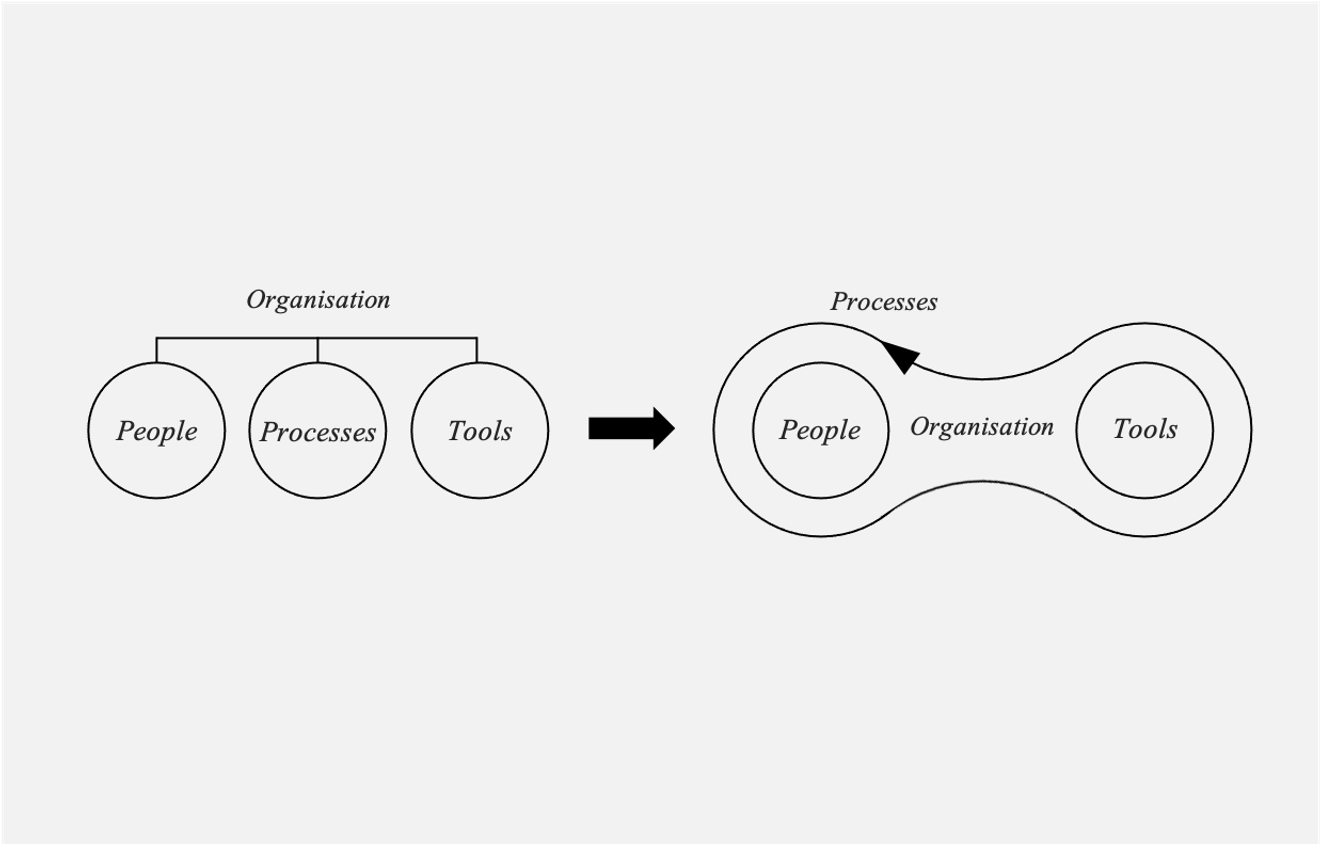According to Similarweb's data as of May, OpenAI, the developer of ChatGPT, is currently the 17th most popular website in the world. This surpasses the number of visits to Netflix and LinkedIn during the same period. What makes this achievement even more remarkable is that it was achieved with the most basic UI, allowing only copy and paste, and in the absence of a mobile web version, unlike other competing sites.
And on the 18th, the related mobile app was released on the US Apple App Store.
The aspect of this new mobile app launch that we should pay attention to is the integration of Whisper, a speech-to-text conversion model. In other words, the connection to generative AI has transcended the physical limitations of being in front of a monitor, and the expanded data format, which now includes speech in addition to text, suggests that if visual data recognition like photos or videos is added in the future, generative AI that exchanges opinions anytime and anywhere through existing mobile and wearable devices will directly enter our daily lives.
Therefore, instead of the numerous concerns and discussions about the appropriateness of generative AI responses and its potential risks as a conflicting entity with human existence, we now need to focus more on how we will coexist with these new partners. Especially in the workplace, public institutions are already distributing ChatGPT usage guides to their employees, and certain departments within companies are receiving somewhat daunting requests to submit proposals for applying AI to their work.
However, we must remember that these responses from institutions and companies are based on the 3-legged stool perspective, a business principle that has been maintained since the 1960s. Traditionally, organizational change has been considered a harmony between three elements: People, Processes, and Tools or Technology (PPT). When one leg changes, the other legs are adjusted to maintain the balance of the chair. But is it still rational to consider these elements separately in the current situation where new possibilities are emerging every day through the interaction between humans and AI tools?

Actor-Network Theory (ANT) offers a new perspective on this. ANT is a theory developed in the early 1980s by Bruno Latour and others to explain the approach to studying social and technological systems. We tend to think of only humans as actors with agency, while non-human entities like objects are passive existences used to achieve goals. However, from this perspective, anything that influences other entities can be granted the status of an actor. In other words, at least at the starting point, it means considering 'objects' on an equal footing with humans.
Applying ANT to the future work environment with generative AI, we can view organizations as 'networks composed of human and non-human actors.' Human actors are the employees working together to achieve the organization's goals, and without non-human actors like offices, computers, and coffee machines, all of this would be impossible. Anyone who has used ChatGPT can recognize this mutual influence as we educate and learn through chat and observe the generated ideas. A March study by MIT on the work experiences of 444 office workers with ChatGPT showed that this tool reduced brainstorming time at the beginning of tasks, facilitated faster draft writing, allowed for more focused use during the final editing process, and overall significantly increased work efficiency.
The future will require a more experimental perspective and attitude from organizational and departmental leaders.
To address this, it may be necessary to consider shortening the frequency of work process reviews. AI is already driving change in areas like marketing, public relations, and translation, but organizations are still focused solely on individual employee adoption. Viewing this as a change for the entire department and considering readjusting the overall workflow can lead to better work efficiency in terms of management integration and performance analysis.
Furthermore, we need to recognize and acknowledge that the entity driving work utilizing generative AI is a hybrid, a combination of two entities that grow together. This can help employees decide whether to utilize the continuously upgraded features of ChatGPT and allow for a quicker response to usage regulations and controls from OpenAI, governments, and AI-related organizations.
Predicting where generative AI innovation will lead seems challenging. However, companies and teams that think from the perspective of a dynamic network and hybrid actors will seize the opportunity to continuously secure a favorable position within this ongoing flow of change.
*This article is the original content published in the Electronic Times named columnon May 22, 2023.*
References
Actor–network theory
Comments0